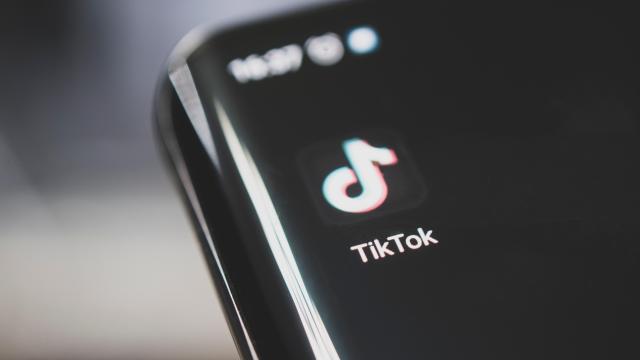Anyone hoping to stay ahead of the next viral outbreak might want to avoid TikTok, new research suggests. The study, published Wednesday in BMJ Global Health, found that TikTok videos discussing the viral disease monkeypox, which spread widely around the world and infected tens of thousands of Americans last year, often provided inaccurate or incomplete information, and were generally poor quality.
Videos made by self-identified medical professionals did tend to be more informative than those made by the general public, according to the study’s authors.
Scientists have known about monkeypox — or as it’s now officially known, mpox — for over a half century. Like its now-extinct cousin smallpox, mpox causes flu-like symptoms and a distinctive rash. The virus had periodically infected people in past decades, but usually only as a result of transmission from animals. More recently, mpox became endemic in some regions of Africa. And last year, the floodgates opened wide, with sustained outbreaks of person-to-person transmission emerging throughout the globe.
There have been more than 80,000 documented cases of mpox in over 100 countries during the epidemic, including over 30,000 cases in the U.S. At least 111 people have died from it, but we were fortunate that the less virulent strains of the virus were the ones that spread widely. And new cases have substantially dropped in the U.S. and elsewhere since last summer, when the epidemic was at its peak.
While mpox didn’t turn out to become the next pandemic, it was still worth being informed about, especially if you were at higher risk for contracting the disease. And undoubtedly many people turned to social media sites like TikTok to stay updated. But according to the authors of the new paper, TikTok wasn’t a reliable source of monkeypox/mpox information.
The team looked for TikToks potentially related to mpox created through August 2022. They manually checked over 2,000 TikToks and ultimately identified a sample of 85 English-speaking videos that ostensibly tried to provide health information. They used three different tools to assess the accuracy of the videos.
Across all three criteria, the videos were judged to be poor quality. Most talked about potential risk factors for mpox, for instance, but left out other important information about the disease, like its signs or symptoms.
“Overall, the material on the recent Mpox outbreak shared through TikTok videos was frequently unreliable and incomplete, hindering public health efforts to share accurate information on Mpox,” the authors wrote in their paper.
According to lead study author Ao Shi, common examples of outright misinformation they found included conspiracy theories about the origins of the outbreak — something that other studies have shown too. Some people blamed the cases on shingles, a disease caused by the same (unrelated) virus that causes chickenpox; others blamed the COVID-19 vaccines.
“The false information can cause unnecessary anxiety in these situations,” Shi, a researcher at the St George’s University of London in the UK, told Gizmodo in an email.
Other studies have found that health-related TikToks aren’t a good font of accuracy. And the novelty of the outbreak likely made it even harder for people to share accurate information about it. But the evolving situation of the mpox epidemic provides an example of why nuanced health advice is so important, the authors say.
Shi notes some videos claimed that mpox only spreads through sex, particularly among gay or bisexual men. The outbreaks last year were concentrated among these communities–and one reason why mpox was contained as fast as it was is that people in these groups took action, sometimes temporarily abstaining from riskier sex and getting vaccinated against mpox once the option became widely available. At the same time, there were occasional cases of mpox in women and children, and the virus can spread through other forms of direct contact or contact with contagious surfaces, like bedding.
At the very least, Shi argues, it’s debatable how mpox will be transmitted in humans in the future and “we should be extra cautious about stating how this virus is only going to spread. Misinformation may stigmatised the infected groups and increase social inequity.”
Misinformation has unfortunately become part of the fabric of the internet. But Shi and his colleagues believe there’s still ways to improve how health-related information is shared through social media sites. These steps could include public health organisations more actively collaborating with influencers or quickly providing guidelines that can be disseminated through the platforms directly.
“Potential future strategies may involve including clear guidelines on creating health-information videos in social media apps or enhancing algorithms in the apps that favour reliable content,” Shi said.
